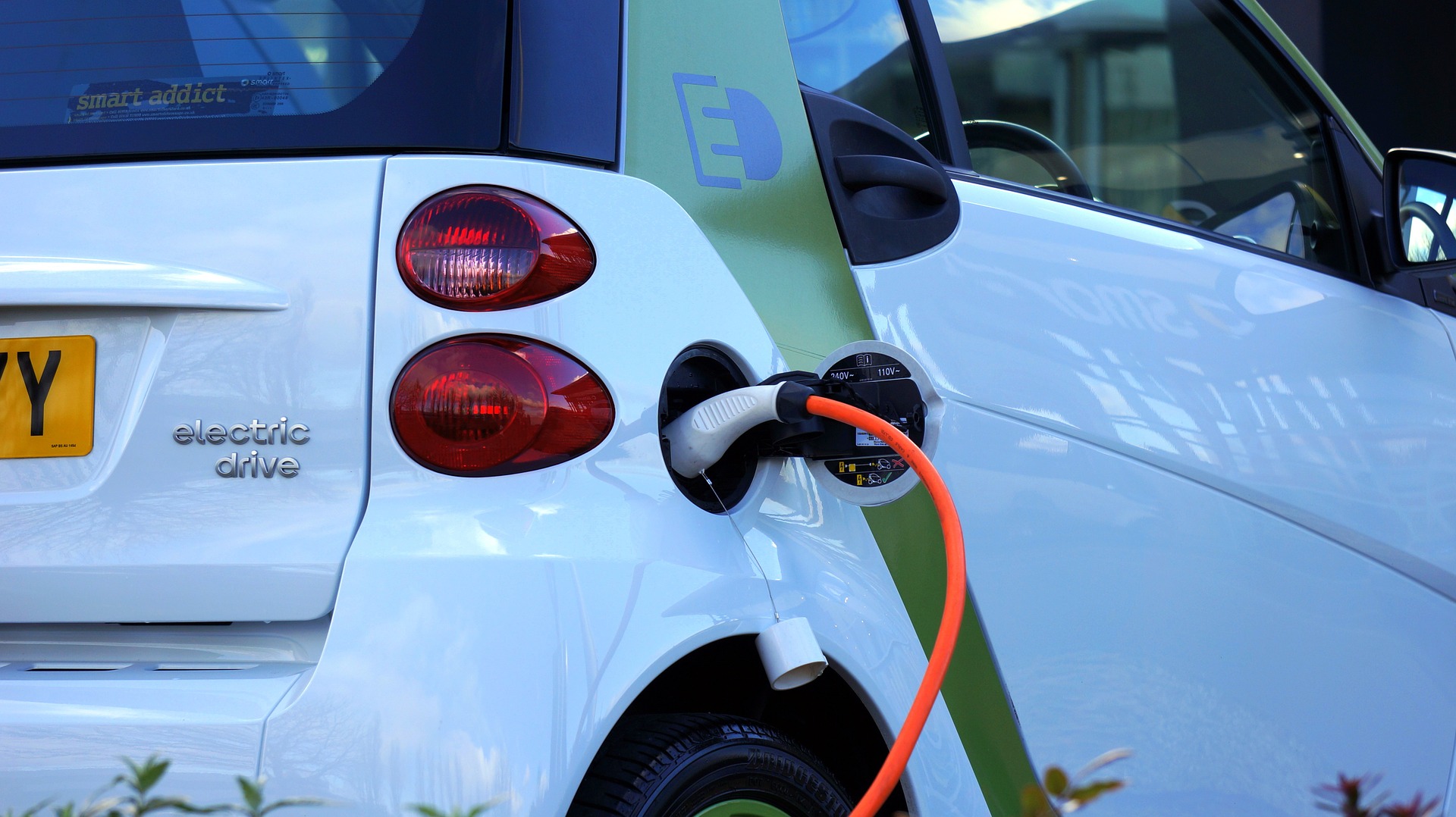Range Anxiety: Customer Issue or Product Issue?

I mentioned in a previous short article about how companies can misinterpret what their clients want and in another about industry reactions to issues. In this article, I want to explore how companies can force their issues onto the customers.
Background
I was reading up on electric cars (EVs) and in the last year the phrase “range anxiety” has become commonplace to the point that it’s widely understood without explanation. That doesn’t prevent traditional news outlets from generating a preamble for it. Over time, those preambles will disappear, partly due to the phrase being recognisable by the general population and partly due to the issue not existing (fingers crossed).
However, before we get to that stage, there’s an issue. And it’s not the range anxiety that’s the issue. Instead, what’s intriguing is that it’s a problem with the overall product and the ecosystem that product operates in, yet the term is one that is assigned to the consumer of that product.
As a Driver
I don’t have range anxiety. I have an expectation that charging an EV is an immature industry. Too few charging points, too many charging points blocked (by non-EV cars or by EV cars that have already charged), too many complications with charging (points not working, financial mechanics not working, etc).
That’s not range anxiety, that’s a broken ecosystem.
The more expensive (and the new, forthcoming) EVs have a range that is in the same order of magnitude as the petrol or diesel engine vehicles. It’s not quite as good, but it’s getting close. The number of petrol-filling points dwarfs the number of electric charging points. That’s not news. We see government initiatives and industry initiatives to alter that ratio. So we’re seeing change, but it’s slow.
Ecosystem
The problem is one with the ecosystem.
Imagine the opposite, had we only installed 300 petrol stations in the whole country. And restricted the flow of petrol through the nozzle so that drivers to spend 30 minutes filling their cars. Would the drivers be suffering from range anxiety? No, it would be a non-suitable solution.
So why has the car industry (and the press) adopted the concept of range anxiety and given that problem to the consumer?
It’s a nice, let’s-not-blame-ourselves way of saying we haven’t built the entire solution. The car manufacturers have built their part, but not completed on the rest of what’s required to make their product a fully-workable solution. I can think of one manufacturer that has made some attempt to address that; Tesla have installed their supercharger network. Living beyond 50 miles of London, there aren’t that many of those around so it’s of limited use. There are some, but you have to be on those motorways to realise the benefit. I know that one group of manufacturers under the name of Ionity (Audi, Porsche, Daimler, BMW & Ford) in conjunction with ABB are also installing chargers in mainland Europe, so that’s another manufacturer-led attempt to influence the ecosystem.
As a Driver (reprise)
I don’t have range anxiety. I have a desire to be able to get where I’m going. I have no issue with stopping part-way for some time to charge the car. I have an issue with that charging being a problem. That shouldn’t be a problem.
Potential Reasons
I can see a few reasons for not investing in a nation-wide infrastructure.
- Cars in the next 10-15 years may have 1000+ mile range, so most charging will be home or destination, not requiring charging in the middle. So why invest for the short-term when the mid- to longer-term looks very different? [disclaimer – I don’t know the industry well enough to know if this is achievable]
- Manufacturers and charge-point installers are working with the bell curve. Assuming normal distribution of the number of miles people regularly travel, they’re concentrating on the drivers that travel least and working upwards. Longer journey drivers are to stick to ICE until EV can provide the range. That’s balancing the current situation with (1) above.
- Personal cars will morph into personal mobility. However, I’d still expect the EVs involved in this mobility to require charging, but possibly at base locations.
- The efficiency of solar energy production is to increase meaning that solar panels on cars could keep the cars topped up. Therefore don’t require mid-journey charging [disclaimer – I’ve heard it mentioned, but don’t know viability]
- Fewer longer journeys as populations restrict themselves to smaller boundaries; think Brexit on a city scale…every city.
- Improvement in technology reducing the need for travel. The holy grail and the decades-old promise of tech-enabled conference calls. The more journeys removed, the more functional the current ecosystem becomes.
Are any of those true? I’d say that (2) is true, at least to some extent. Companies will have conducted market analysis to understand the demand, cost of responding to the demand and the potential price and pricing models.
Shortcuts and the Consumer
So why do we have an industry and a press (probably following the industry) putting the problem onto the consumer? Add to that unclear and ever-changing messages regarding the phasing out of ICE and buying/renting/leasing a car requires more effort than it used to.
People take shortcuts. Cialdini’s influential work on persuasion shows how susceptible we are to the misuse of shortcuts and why we use them. There is no shortcut available at the moment when buying EVs, at least not one that still allows you to be happy afterwards. True, salespeople can mark the car prices differently to provide comparisons, you can take a loan car, you see images of EVs with celebrities. All of those lead towards the short-cuts. And those short-cuts may get the one-time sale, but they don’t convert the customer to EVs.
Which leads to the question, which company is going to reduce the brain effort required in obtaining EVs while making good on converting consumers to EVs?


Recent Comments